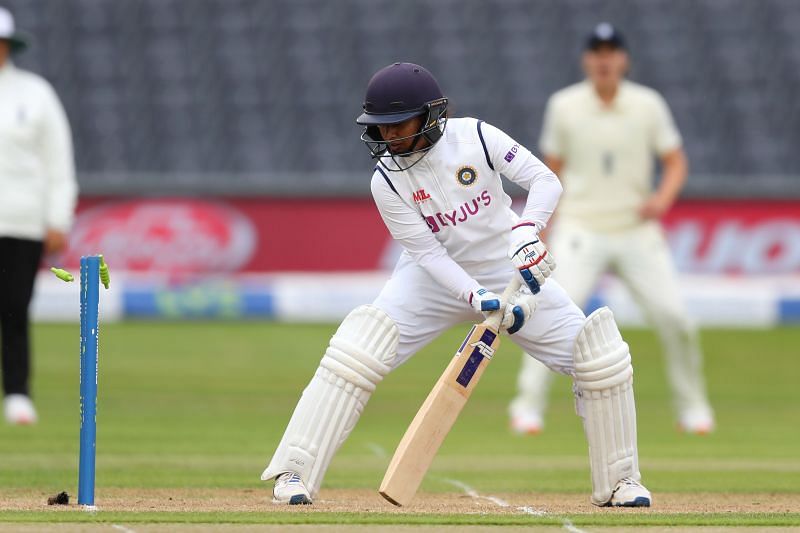
Mithali Raj's baffling passiveness an unwanted reminder of days gone by
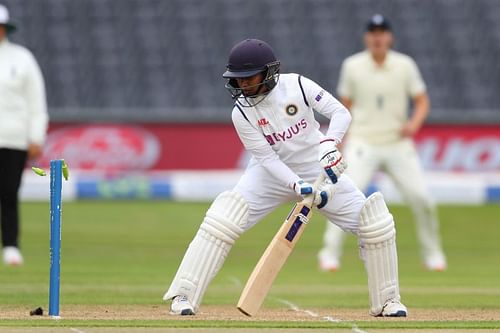
Although the World Test Championship final threatened to impose its historic figure on the cricketing calendar, the spotlight was firmly on the Indian women's team last week as they took on England in a Test match whose context transcended the four days it was played over.
Returning to the format after seven arduous years, India Women had the perfect opportunity to expand the scope of their sport past the trained eyeballs who usually tuned in. With a massive audience - which was intent on realizing its responsibility to promote women's cricket - watching keenly, the visitors made the most of their fleeting moment in the limelight to script a magical comeback.
As five players made their red-ball debuts for the country, final-day heroics from several Test greenhorns propelled India Women to a hard-fought draw. But amidst the plethora of positives that coaxed a smile out of even the most hardened cricket watchers, the baffling passiveness of captain Mithali Raj cast a desolate shadow over what was a landmark moment in Indian cricket.
The declaration that never came, and the handshake that came 13 overs too soon
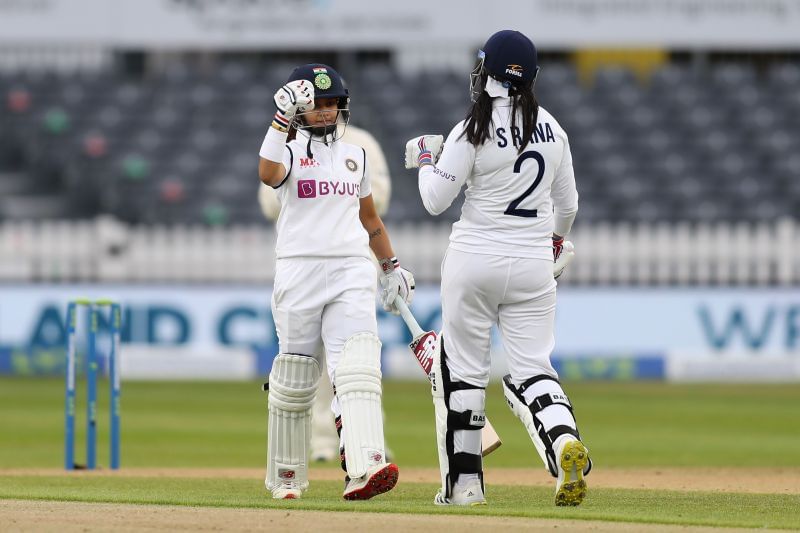
At one point, India Women were 167/0 in the first innings, with Shafali Verma and Smriti Mandhana making batting look easy on a Bristol wicket that had been abused for days on end. But after the stunning collapse that ensued, a follow-on was a foregone conclusion early on Day 3.
Then, with India on 199/7 in the second innings at the fall of the unimpressive Harmanpreet Kaur's wicket, fans had already chalked off the impending loss to a lack of Test match practice. But the resolute battle that Sneh Rana, Shikha Pandey and Taniya Bhatia waged for a combined 370 minutes and 292 balls put the visitors in a position of power during the final session of the Test.
With 27 overs left in the day's play, India had a lead of approximately 135 runs. The lead ballooned healthily after each over as Bhatia and Rana found the boundary with increasing ease and dexterity. But the declaration, which could've put pressure on the English top order on a (used) Day 4 wicket, simply never came.
To put that into perspective, the highest run rate in a completed innings in a women's Test since 2010 is 2.84. When was this achieved? When India Women made 231 in the first innings of the very same Test match. And the highest run rate ever achieved in an innings lasting at least 20 overs - completed or otherwise - is 4.96. When did this happen? All the way back in 1984.
England Women would've had to score at around five runs an over in the final innings - a figure that was only increasing steadily with each ball Rana or Bhatia nudged gracefully to the boundary. But still the declaration didn't come!
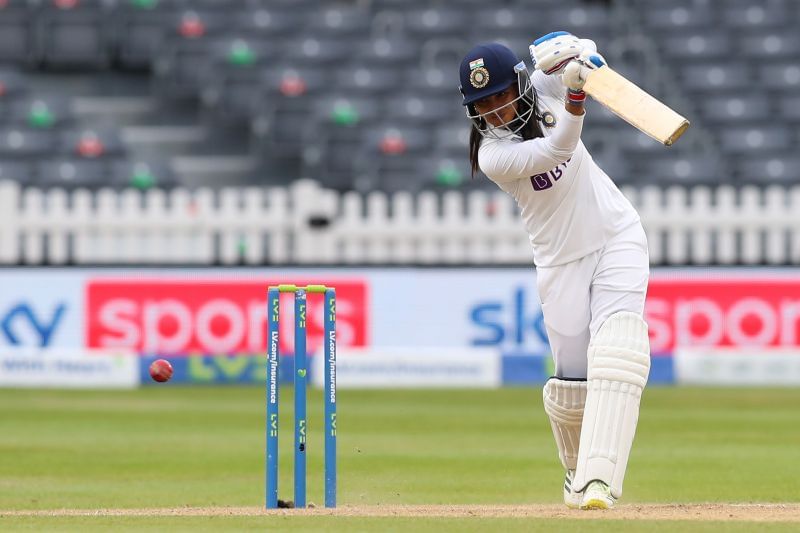
As fans lamented the lack of drive to push for a momentous win, things only got worse. With 13 overs remaining in the day's play, England captain Heather Knight implored Mithali Raj to accept the draw. And although Rana was on 80 and Bhatia on 44, the 38-year-old agreed to shake hands on the result.
Both batters had the opportunity to reach significant personal milestones on Day 4, with nothing but Mithali Raj's extended hand stopping them. Allow me to paint a picture.
Sneh Rana, thrust into the domestic wilderness for five years, storms her way back into the Indian side with a string of consistent performances in both departments. Making her Test debut shortly after losing her father, she rescues the team from certain defeat with a resilient fourth-innings effort. Oh, and she also takes four wickets over the course of almost 40 tedious overs.
Taniya Bhatia, much maligned and even occasionally dropped for her apparently poor batting, comes in at No. 10 and gives Rana the support she needs. The 23-year-old keeper, also on debut, strikes six fours in an emphatic display of grit, only a day after walking back for a highly disappointing duck.
Since India Women didn't push for the win anyway, why didn't they give Rana and Bhatia the remaining 13 overs to bat? What could've possibly prompted Raj and the thinktank to accept a draw, with the whole world watching and wishing for the debutants to have their moment in the sun?
20 miserable minutes at the crease for India Women's most decorated batter
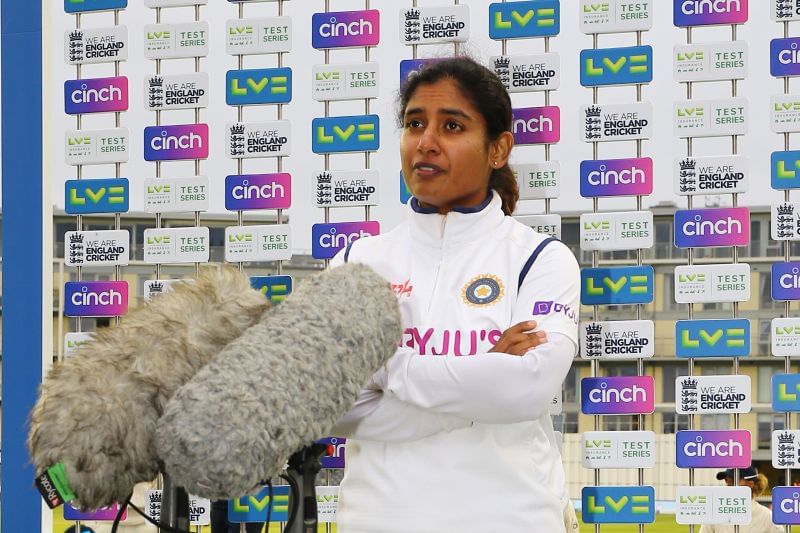
Mithali Raj's passiveness wasn't limited to her actions on the final day. Her questionable captaincy in England's first innings and failure to take responsibility with the bat rounded off a disappointing individual performance.
Jhulan Goswami sent down over after over in the first session of the Test. The excruciatingly long spell left the 38-year-old visibly tired soon after, the effects of which could be seen in the plummeting speed gun readings. India's off-spinners were confronted with curious fields - a silly point to the English right-handers was sometimes the only close-in catcher.
With the bat, Mithali Raj spent only 20 minutes at the crease and was the lowest run-scorer from the Indian team in the Test barring No. 11 Goswami. A casual forward defense off Sophie Ecclestone popped up a simple catch to short leg in the first innings, before an even more careless waft disturbed her timber in the second.
Night watchman Shikha Pandey was sent in at No. 4 during the first innings in a move that didn't pay off in the slightest. And while following on, Raj was more than happy to promote young Deepti Sharma, who steadfastly kept India in the game, to No. 3.
The 17-year-old Shafali Verma (96 & 63) perfectly bridged the gap between caution and aggression to snap up the Player of the Match award on debut. The 23-year-old Deepti Sharma (3/65, 29* & 54) was equally impressive with her defensive technique and patience. The 24-year-old Smriti Mandhana (78 & 8) showed great restraint and class in the first innings.
As these players - including Bhatia and Rana, of course - made their mark on the Test, the 20 miserable minutes Mithali Raj spent at the crease were a clear indication that Indian women's cricket is moving towards a younger, fresher team.
Did Mithali Raj the captain fail to grasp the historic significance of the Test?
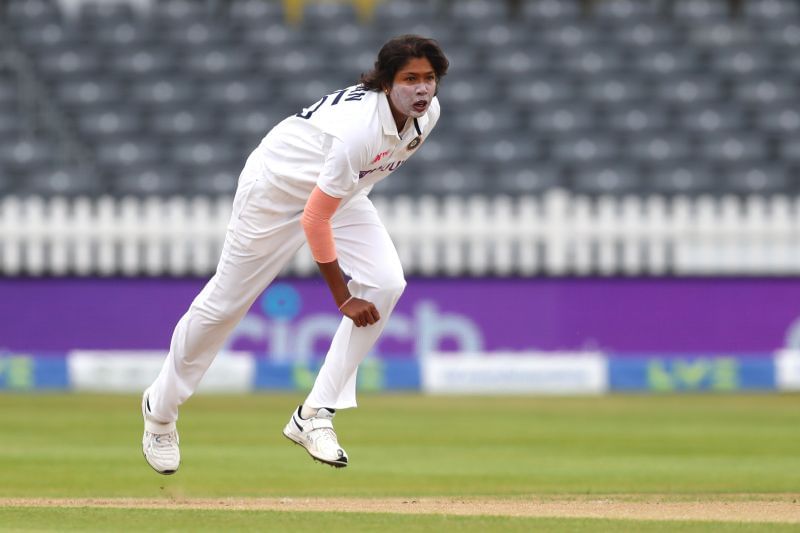
70.27% of all Test matches featuring India Women end in a draw. When you narrow down this stat to Tests against England, the number skyrockets to almost 80%. Isn't it obvious that the format, which has struggled to capture the eye of the average cricket fan, desperately craves results?
Virat Kohli has frequently insisted that drawing a Test is the last resort. This attitude has fired the men's team to the #1 ranking and the final of the World Test Championship. In a game as significant as the Bristol Test, India Women failed to seize the initiative in the closing hours of the final day.
The day was an unwanted reminder of the struggle women's cricket has been through, even as there were countless positives to take away. Mithali Raj and the Indian team management were handed a gilt-edged chance to pull off a Laxman-esque heist, but they were irritatingly unassertive when it mattered the most.
The pink-ball Test against Australia will provide India Women with another opportunity to raise their profile, as will the forthcoming white-ball leg against England. Mithali Raj is one of the biggest legends in the history of Indian cricket and we must cherish the last few months in which we see her in action at the international level.
But one thing is for certain - India Women and Mithali Raj cannot make the same mistakes they made in the Bristol Test. A shift in attitude will go a long way in developing and nurturing the sport, especially in high-profile matches where a decision or two could shape the future.